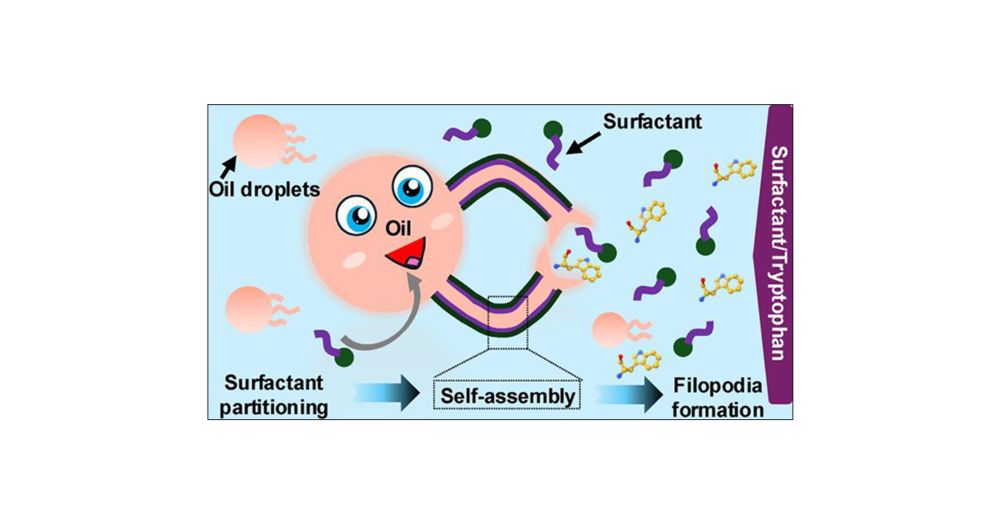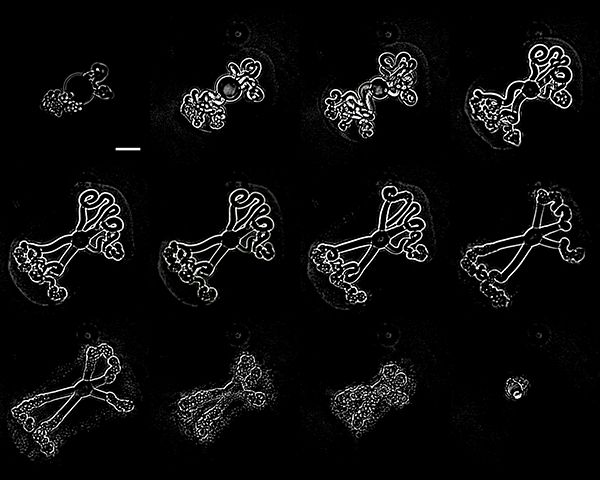Artificial system that can sense, grow, and adapt—just like cells! Our #droplets form directional filopodia in response to chemical cues- a step toward life-like materials. #SoftMatter #MatterToLife
🔗https://pubs.acs.org/doi/10.1021/jacs.5c11719
More @ sites.psu.edu/sengroup/ !
Grateful to @ayusmansen.bsky.social @pennstatechemistry.bsky.social
More @ sites.psu.edu/sengroup/ !
Grateful to @ayusmansen.bsky.social @pennstatechemistry.bsky.social


@pennstatechemistry.bsky.social @pennstatescience.bsky.social
Artificial system that can sense, grow, and adapt—just like cells! Our #droplets form directional filopodia in response to chemical cues- a step toward life-like materials. #SoftMatter #MatterToLife
🔗https://pubs.acs.org/doi/10.1021/jacs.5c11719
@pennstatechemistry.bsky.social @pennstatescience.bsky.social
Artificial system that can sense, grow, and adapt—just like cells! Our #droplets form directional filopodia in response to chemical cues- a step toward life-like materials. #SoftMatter #MatterToLife
🔗https://pubs.acs.org/doi/10.1021/jacs.5c11719
Artificial system that can sense, grow, and adapt—just like cells! Our #droplets form directional filopodia in response to chemical cues- a step toward life-like materials. #SoftMatter #MatterToLife
🔗https://pubs.acs.org/doi/10.1021/jacs.5c11719
A roadmap for next-generation nanomotors.
"to inspire future generations of researchers to advance both fundamental understanding & practical breakthroughs, thereby engineering a paradigm shift in #nanomotor research."
#SystemsMaterials
www.nature.com/articles/s41...



sites.psu.edu/mvcs/17-winn...
#MaterialScience #SciArt

sites.psu.edu/mvcs/17-winn...
#MaterialScience #SciArt

